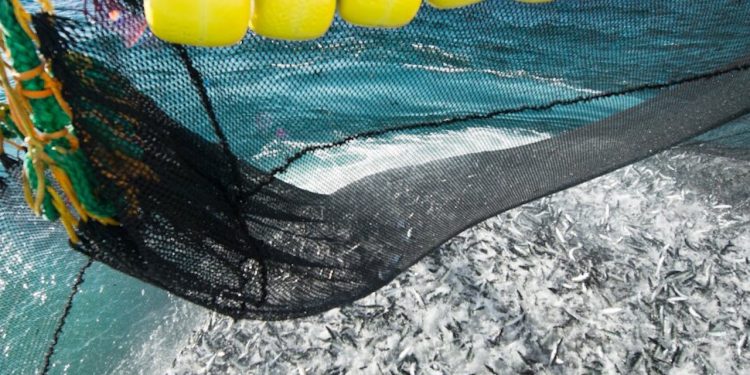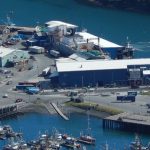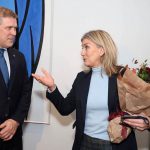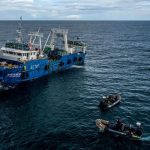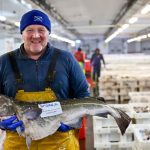It has been a record year so far for Norway’s seafood exports, which have so far have totalled NoK84.7 billion, up 10% compared to the same period in 2020.
‘A gradual reopening of markets has given a boost to the demand for Norwegian seafood. From a fall in exports at the beginning of the year, we have seen a sharp growth in the third quarter. This is our strongest quarterly result of all time, and everything is pointing towards 2021 being a record year for Norwegian seafood exports,’ said Norwegian Seafood Council CEO Renate Larsen.
‘It is gratifying that Norwegian seafood exports continue to show strong development and that the value growth is spread across a number of species and products,’ commented Minister of Fisheries and Seafood Odd Emil Ingebrigtsen.
‘I am delighted that the seafood industry has recovered well from the corona crisis, and that there is once again a high demand for seafood in the export markets. Conditions should be conducive to further growth in exports, and I wish this entire fantastic industry good luck in the future.’
Salmon and mackerel have contributed the most to value growth so far this year, but king crab and snow crab have also recorded value records and the largest growth area has been Asia.

‘When it comes to market development, we have seen the strongest growth in exports to Asia, where countries such as China, South Korea and Thailand have really opened their eyes to Norwegian seafood. In addition, we see a very good export growth to the USA and Italy,’ Renate Larsen said.
‘The position of Norwegian seafood is very strong in the global market. Consumers not only continue to make seafood dishes at home in their own kitchen, but more and more of them have discovered that Norwegian seafood delivers on important criteria such as sustainability and taste. If home consumption continues to remain stable even after the restaurants have opened up, it looks promising for further export growth.’
Norwegian herring exports so far this year are roughly on a par with 2020, which was a good year.
‘With a solid increase in the quota for Norwegian spring-spawning herring (NVG), it was expected that prices would come under pressure, but demand in the markets, which we then increased as a result of the pandemic, has helped keep prices up,’ said Jan Eirik Johnsen, manager for pelagic species with the Norwegian Seafood Council.
The autumn season for mackerel normally starts in late September or early October, but this year it started in August.
‘The reason for this is that there was no new mackerel agreement when the previous one expired at the turn of the year. Without an agreement, Norwegian fishermen lost the opportunity to fish in British waters. Based on research showing that mackerel are increasingly in Norwegian waters, Norway increased its quota for 2021 compared to 2020. Larger quotas and large catches of mackerel in Norwegian waters earlier in the season and good demand are the explanation for the record numbers for August, September and so far this year,’ Jan Eirik Johnsen said.
‘In Japan, which is our most important mackerel market, consumption of Norwegian mackerel has increased. Japanese importers are now active in Norway to secure enough high-quality mackerel so that they have stock levels until next season,’ commented Johan Kvalheim, the Norwegian Seafood Council’s envoy to Japan and South Korea.

